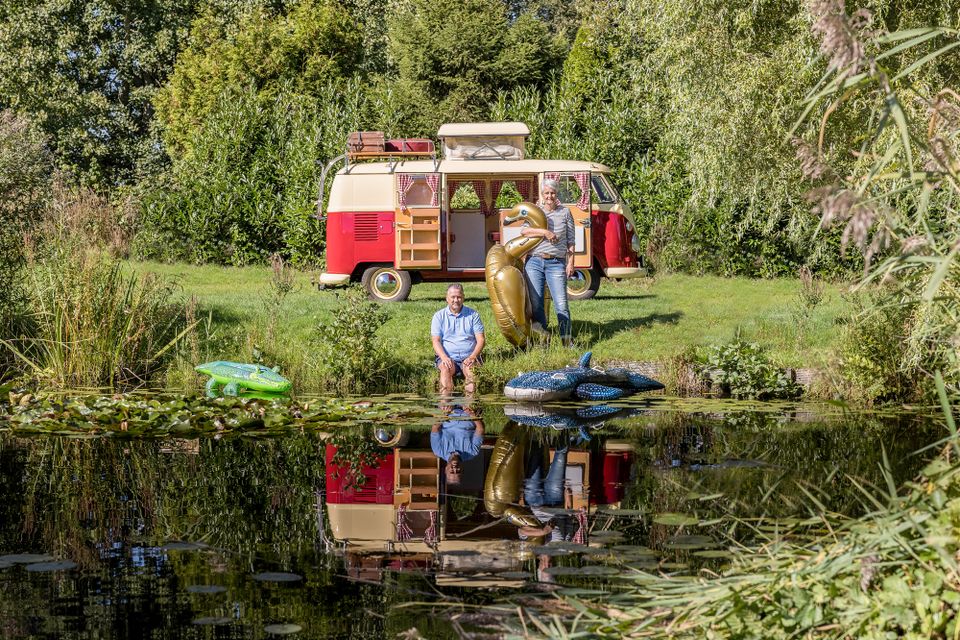All activities in Northeast Friesland
169 to 192 of 850 results
-
De Buorren Twa
De Buorren Twa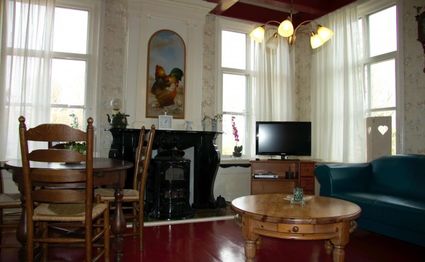 Paesens
Paesens -
De Groote Wielen
De Groote Wielen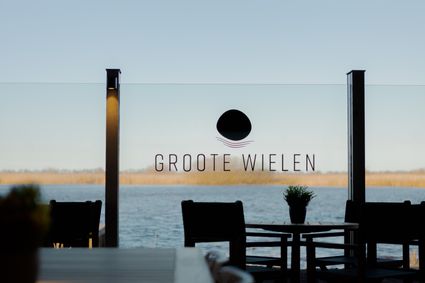 Leeuwarden
Leeuwarden -
Ús Wâldhúske
Ús Wâldhúske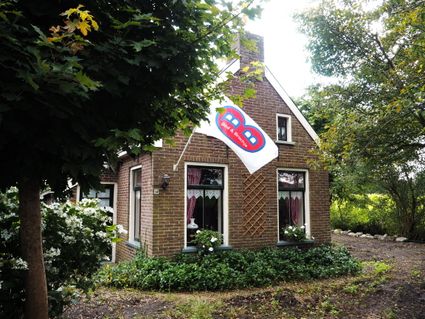 Burgum
Burgum -
De Wydemar - Vogelkijkhut
De Wydemar - Vogelkijkhut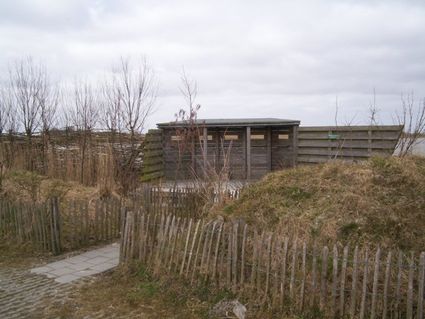 Stiens
Stiens -
The liberation of Friesland
The liberation of Friesland
By 18 April, the whole province of Friesland had been liberated, except for the Wadden Islands. Compared to other provinces, there was little fighting in Friesland. Overall, the few thousand German troops who had been unable to escape from Friesland were defeated by the Canadians relatively quickly.
The commander of the Royal Canadian Dragoons, Lieutenant Colonel Landell, praised the actions of the resistance by stating that "Friesland liberated herself". While that may be a bit of an exaggeration, the actions of the Frisian resistance undoubtedly accelerated the liberation. And reduced the number of casualties on the Allied side.
At least 31 resistance fighters lost their lives in confrontations with German troops and their Dutch accomplices. At least eleven Canadians and one Frenchman were killed on the Allied side. Dozens of civilian victims were also killed in the fighting and shelling. The number of casualties on the German side is not known, but it is believed that the number ran into hundreds. With 320 destroyed and 4000 damaged homes and 80 destroyed bridges, Friesland was materially the least damaged province of the Netherlands.
Many German soldiers fled towards the western part of the country. The retreating German troops gathered mostly in Harlingen, Makkum and Lemmer. From there, they tried to get away by boat across the IJsselmeer or via the Afsluitdijk to North Holland. The Wadden Islands also became a refuge for collaborators and German soldiers. Here, liberation was longer in coming.
On the island of Terschelling, the last German troops were disarmed by a British artillery regiment on 29 May. Two days later, the British crossed from Terschelling to Vlieland, and the liberation of that island was also a fact. Ameland was liberated on 3 June.
Personnel from the infamous Scholtenhuis, the SD headquarters in Groningen, had entrenched themselves on Schiermonnikoog. After their departure on 31 May, there was a celebration on the island, in spite of the six hundred members of the occupying troops who still were there. Only on 11 June did the last German soldiers leave Schiermonnikoog, and then the whole province of Friesland was free.
Most Canadian units that had liberated Friesland continued the battle in Groningen and North Germany after 18 April. Their war ended on 8 May 1945, when the surrender of all German armed forces became effective.
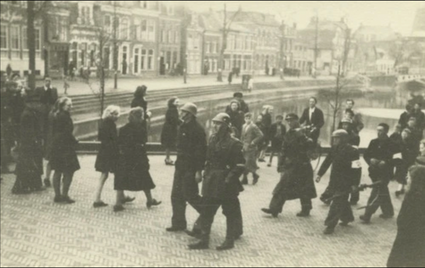 Eanjum
Eanjum -
Grutte Tsjerke Ternaard
Grutte Tsjerke Ternaard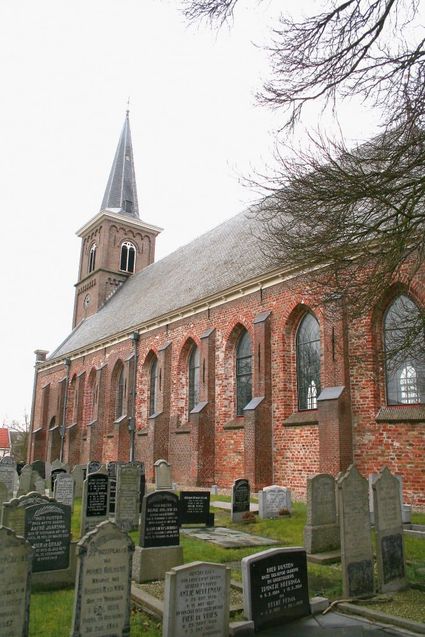 Ternaard
Ternaard -
Pettebosk Forest Playground
Pettebosk Forest Playground Earnewâld
Earnewâld -
Regional Walkway Noardlike Fryske Wâlden
Regional Walkway Noardlike Fryske Wâlden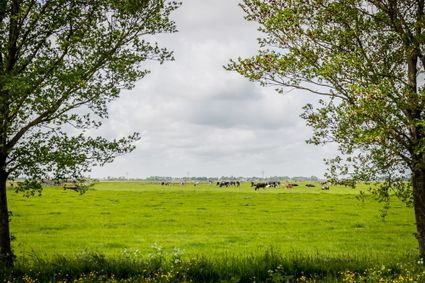 Noordoost Friesland
Noordoost Friesland -
Marboei MB6
Marboei MB6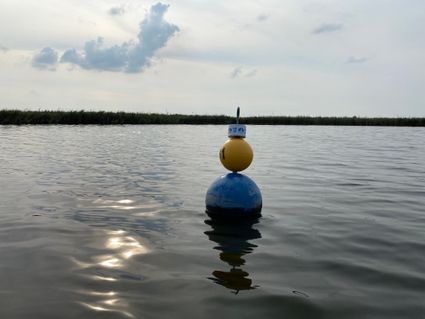 Sitebuorster Ie
Sitebuorster Ie -
Strandpaviljoen Meerzicht Beach Pavilion
Strandpaviljoen Meerzicht Beach Pavilion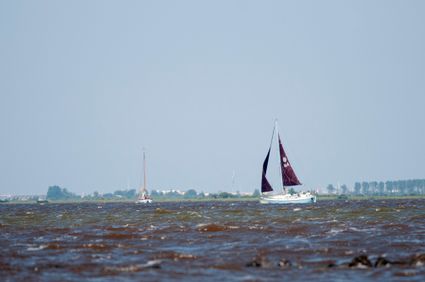 Lauwersoog
Lauwersoog -
B&B Gasthuisstraat
B&B Gasthuisstraat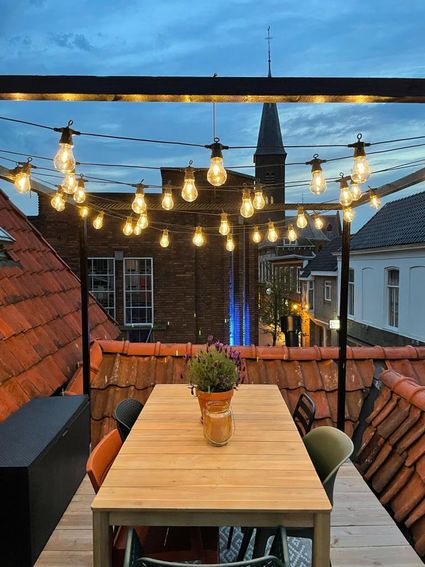 Dokkum
Dokkum -
Eastermar - De Achterwei - Uitkijkpunt
Eastermar - De Achterwei - Uitkijkpunt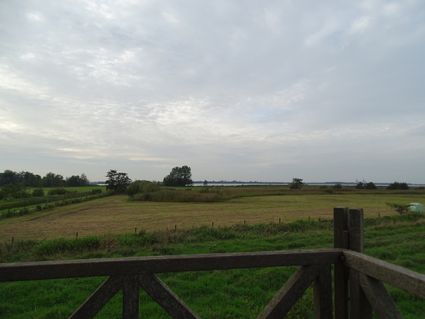 Eastermar
Eastermar -
Kerk van Engwierum
Kerk van Engwierum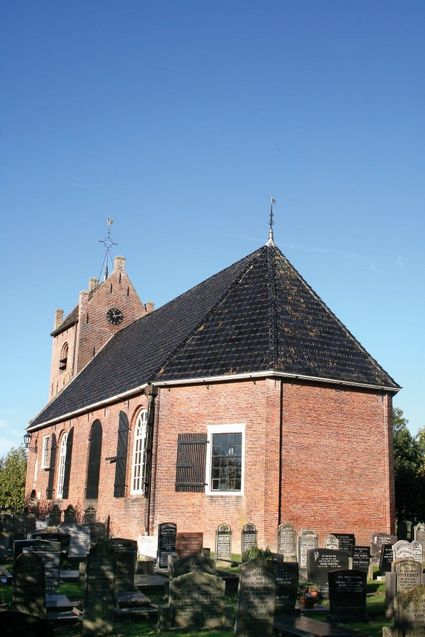 Engwierum
Engwierum -
Waddenhuisverhuur Wad'n Geluk
Waddenhuisverhuur Wad'n Geluk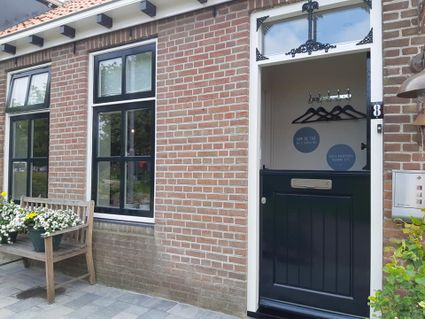 Paesens
Paesens -
Boerderij de Omleiding
Boerderij de Omleiding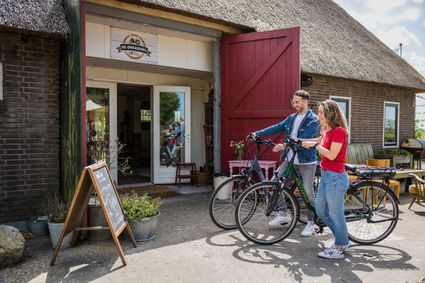 Feanwâlden
Feanwâlden -
IJssalon en patisserie W’iis
IJssalon en patisserie W’iis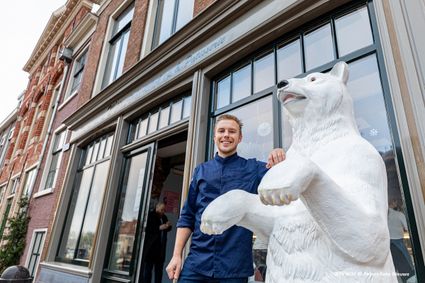 Dokkum
Dokkum -
't Stee fan Anne P.
't Stee fan Anne P.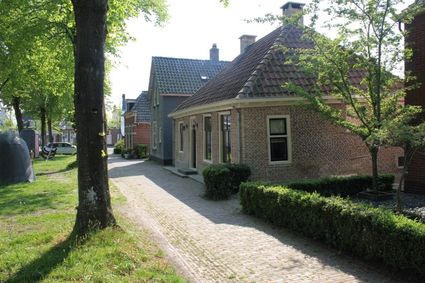 Rottevalle
Rottevalle -
Schreiershoek recreation and vacation park
Schreiershoek recreation and vacation park Oostrum
Oostrum -
Noard-Fryslân Bûtendyks - Uitkijkplateau
Noard-Fryslân Bûtendyks - Uitkijkplateau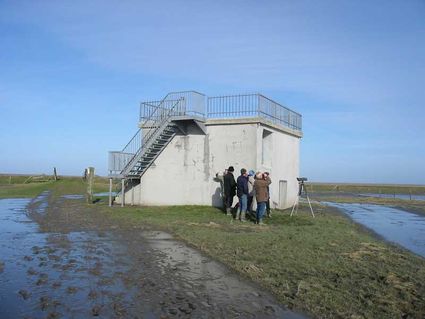 Hallum
Hallum -
Rinsma State Country House and Estate
Rinsma State Country House and Estate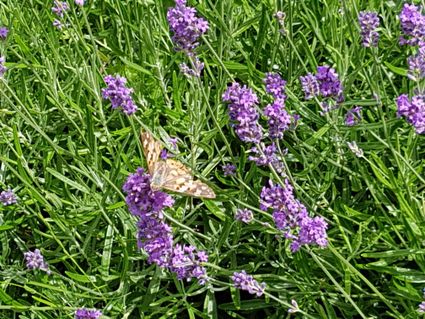 Driezum
Driezum -
Goddeloze brug
Goddeloze brug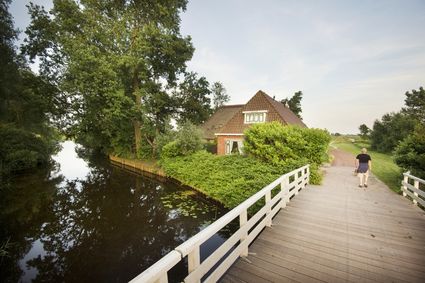 Broeksterwâld
Broeksterwâld -
Sint Willibrorduskerk
Sint Willibrorduskerk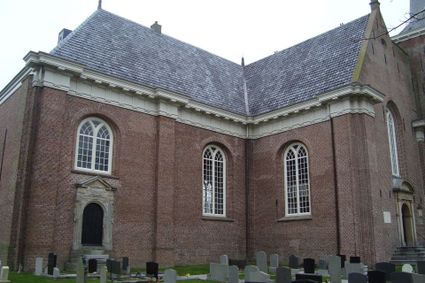 Holwerd
Holwerd -
TOP Dokkumer Nieuwe Zijlen
TOP Dokkumer Nieuwe Zijlen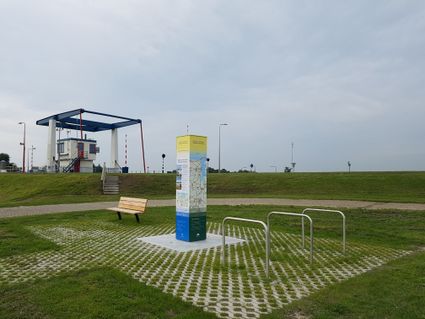 Engwierum
Engwierum -
Burgum - Soestpolder - Vogelkijkhut
Burgum - Soestpolder - Vogelkijkhut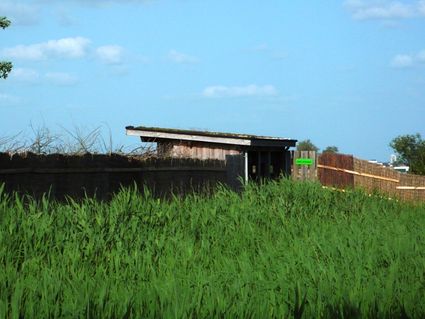 Burgum
Burgum
